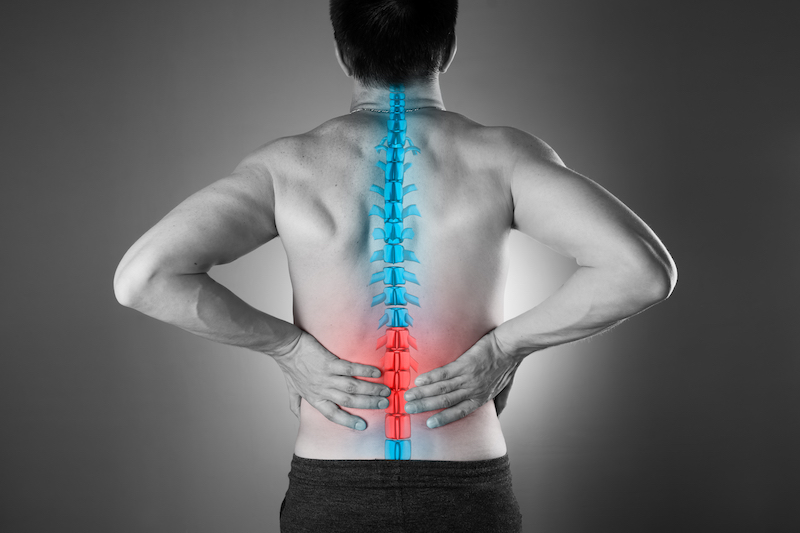Seeing a physical therapist early reduces chances of being prescribed addictive opioids
Back pain, especially low back pain, is one of the most common medical problems out there. In fact, if you’ve never experienced low back pain, you’re part of a small minority, and there’s a strong chance you’ll deal with it at some point. The statistics should help put matters in perspective: about 80% of Americans will be affected by low back pain to some degree at least once in their lifetime.
Low back pain can develop over time in a gradual manner or it may come about suddenly. For some, this leads to symptoms on a nearly constant basis, while symptoms only arise every so often for others. Symptoms vary in each individual as well, but typically include the following: pain, tenderness and/or stiffness in the lower back, difficulty with bending, lifting or twisting, weak or tired legs, discomfort in the back while sitting, difficulty standing or standing for extended periods, and pain that spreads to the buttocks or legs.
Short-lived—or acute—low back pain is most common, while pain that lasts for more than three months is considered chronic and requires additional care. Anyone can get low back pain and it can develop for a variety of reasons, but there are certain risk factors that increase one’s chances of getting it. These include older age, poor physical fitness, a sedentary lifestyle, being overweight, other diseases like arthritis and cancer, risky occupations that may strain the back, smoking, and depression/anxiety.
For individuals with acute low back pain looking to improve, there is a wide range of options available. These range from simply resting and waiting for the pain to go away on its own, to having surgery to address it in more severe cases. Today, many patients with low back pain are also prescribed opioids by their doctors, which usually provide a “quick fix” for their problem. Unfortunately, opioids don’t really solve the issue, as they only mask the pain temporarily without actually addressing the cause of it. Opioids are also highly addictive and associated with abuse and overuse, as over 45,000 individuals died of an opioid-related overdose in 2017 alone.
Physical therapy, on the other hand, offers a hands-on approach to treating low back pain that actually gets to the heart of the problem and targets it with various interventions that are known to be effective. This is why physical therapy—especially early physical therapy that begins soon after the pain starts—is strongly recommended for patients with low back pain. Following this course can help patients work on improving their condition while also reducing their risk for being prescribed opioids, since physical therapists focus on active treatments and avoiding medications.
A recent study investigated how early physical therapy affects each patient’s use of healthcare resources and chances of being given an opioid prescription, and it concluded with the following:
Early physical therapy for acute low back pain reduces healthcare utilization and cost, reduces opioid use, and may improve healthcare efficiency. This may assist patients, healthcare providers, healthcare systems, and 3rd party payers in making decisions for the treatment of acute low back pain.
Patients with low back pain are therefore encouraged to consult a physical therapist before any other medical professional, and to do so as early as possible. Following this course will increase their chances of experiencing a positive outcome while also avoiding addictive and dangerous opioids.

